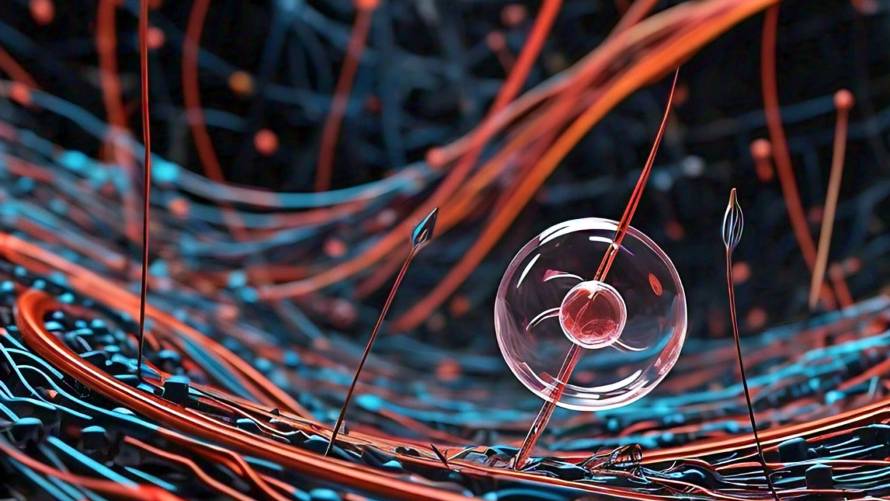Researchers at The University of Manchester have made a significant breakthrough in the field of superconductivity by successfully achieving robust superconductivity in high magnetic fields using a newly created one-dimensional (1D) system. This development offers a promising route to realizing superconductivity in the quantum Hall regime, a long-standing challenge in condensed matter physics.
The team, led by Professor Andre Geim, Dr Julien Barrier, and Dr Na Xin, initially followed the conventional approach of bringing counterpropagating edge states into close proximity. However, this method proved to be limited in its effectiveness.
A New Strategy Inspired by Graphene Domain Walls
Drawing inspiration from their previous work on highly conductive boundaries between domains in graphene, the researchers placed domain walls between two superconductors. This approach allowed them to achieve the ultimate proximity between counterpropagating edge states while minimizing the effects of disorder.
Dr Barrier, the paper’s lead author, noted, “We were encouraged to observe large supercurrents at relatively ‘balmy’ temperatures up to one Kelvin in every device we fabricated.”
Further investigation revealed that the proximity superconductivity originated from strictly 1D electronic states existing within the domain walls themselves, rather than from the quantum Hall edge states propagating along the domain walls. These 1D states exhibited a greater ability to hybridize with superconductivity compared to quantum Hall edge states, with their inherent one-dimensional nature believed to be responsible for the observed robust supercurrents at high magnetic fields.
The discovery of single-mode 1D superconductivity opens up exciting avenues for further research, with the potential to address a wide range of problems in fundamental physics. The team has already demonstrated the ability to manipulate these electronic states using gate voltage and observe standing electron waves that modulated the superconducting properties.
This breakthrough, representing another step forward in the field of superconductivity 20 years after the advent of graphene, is expected to open doors for advancements in quantum technologies and pave the way for further exploration of new physics.


